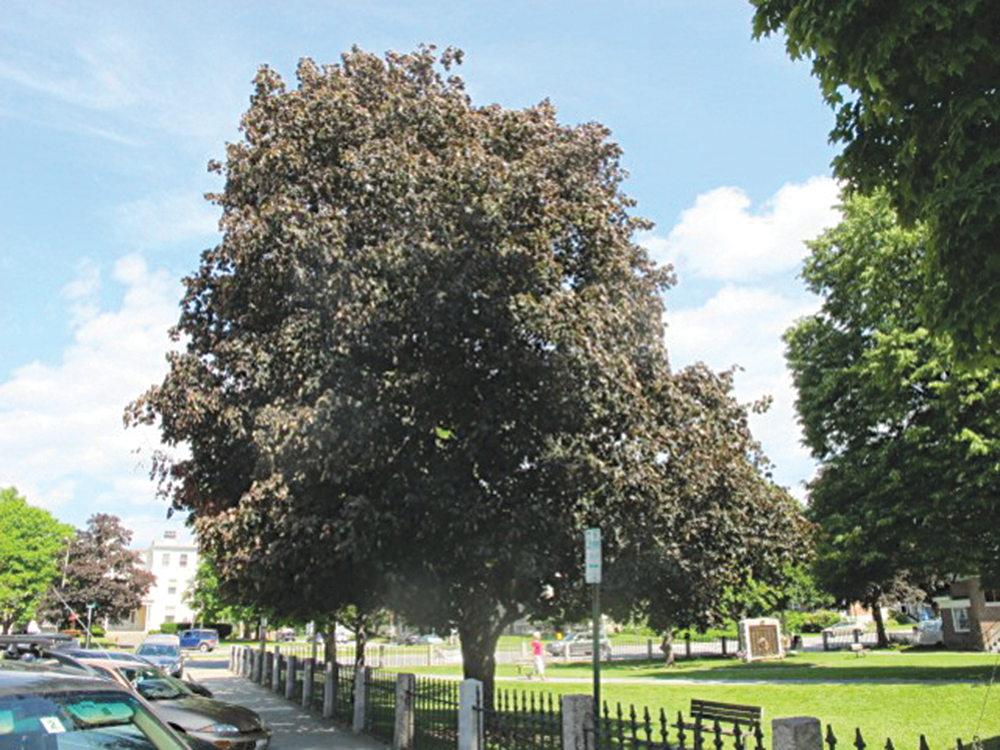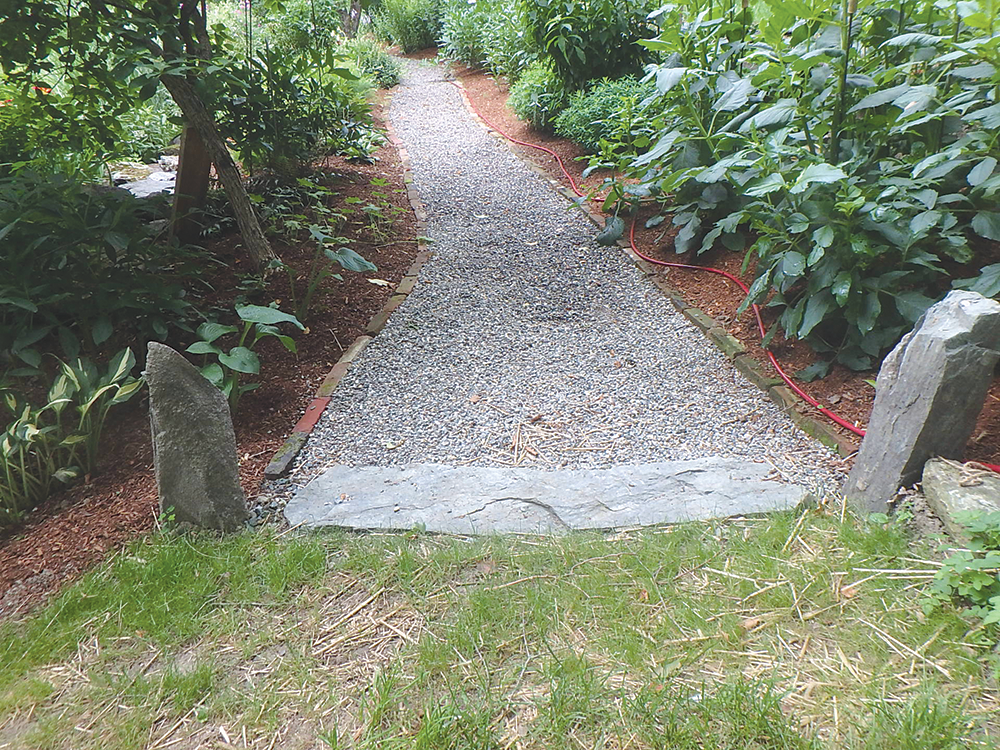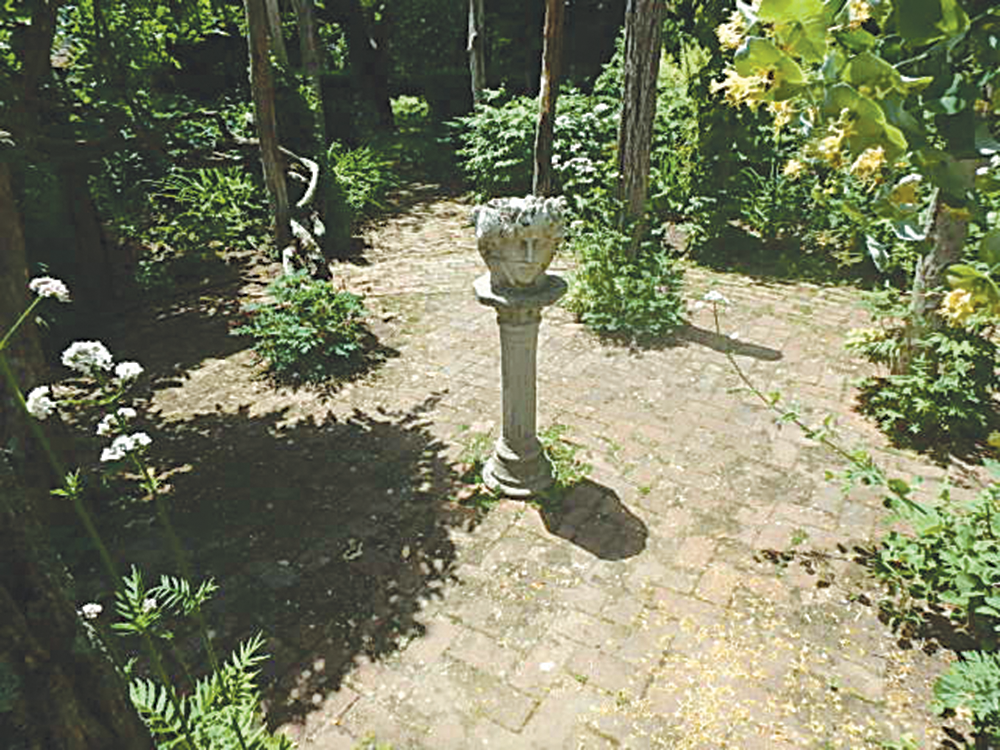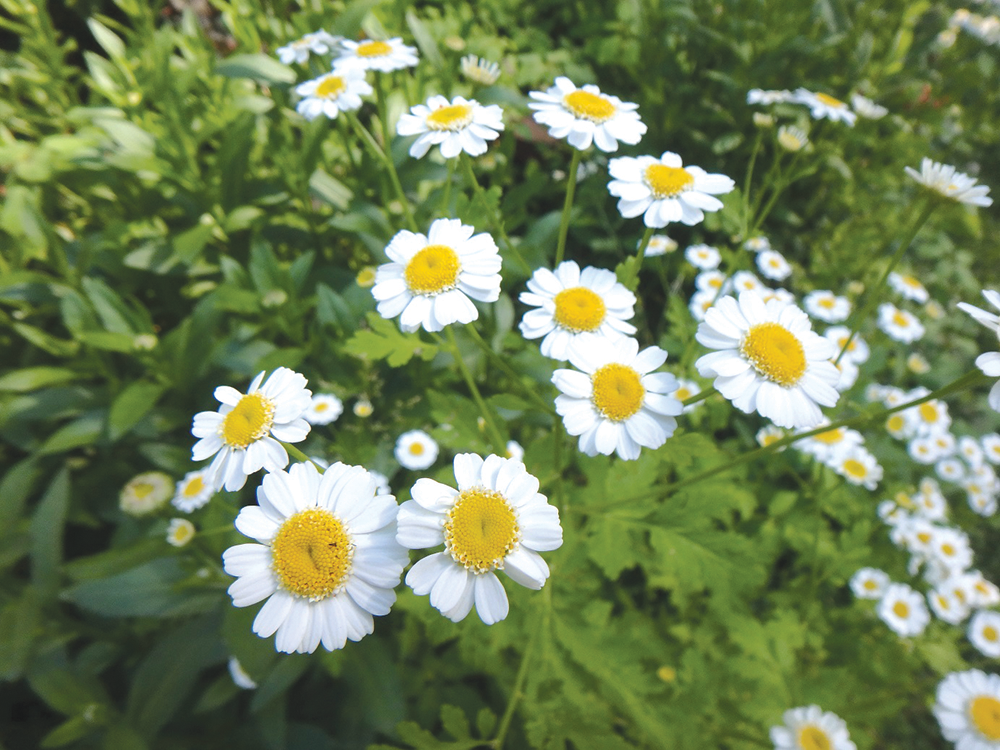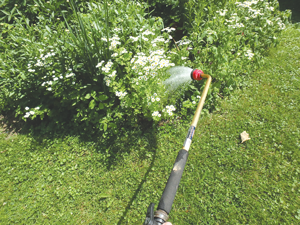Three plants to avoid
Three plants you don’t want on your property are wild parsnips, purple loosestrife and Norway maples. The first causes severe skin reactions in many people, the second can take over our wetlands and the last can outcompete our native sugar maple — and eventually take over our woods.
Wild parsnip is in bloom now. It’s a tall plant, 24 to 60 inches, and has yellow blossoms arranged in flat flower panicles at the top of the stems. It looks a lot like Queen Anne’s lace. It is genetically the same plant as garden parsnips but has escaped and become a weed. Some people are horribly allergic to its sap.
Here’s how you and your kids can stay safe. Learn what it looks like, and avoid it. Sap from the stem, if on the skin and exposed to direct sunlight, can cause horrible burns. Not everyone reacts, however. Assume you do. If you get sap on you, go inside immediately and wash the affected area thoroughly.
Wild parsnip has a two-year cycle; the first year it stays low and develops a deep tap root. The second year it bolts and produces a tall flower stalk. If you have a field of wild parsnip, get it mowed before the flowers set seeds, and re-mowed until it gives up. The sooner you mow it, the less likely the flowers are to produce viable seeds after they are cut down.
First-year plants growing now will send up flower stalks next year. And each year, for a while, seeds in the ground will grow new plants. But each year there will be fewer, and eventually they will be gone.
This is the time of year when swampy areas often are ablaze with tall, pink-purple flowers that dominate the wetland. These are the flowers of purple loosestrife (Lythrum salicaria), an invasive plant that you should not encourage — but that you probably can’t get rid of once established.
But why worry about it? It’s such an aggressive grower that it out-competes native plants. It moves into shallow wetlands where fish and frogs lay their eggs among native plants, creating dense monocultures. Biodiversity is healthy for the environment, and purple loosestrife inhibits many other kinds of plants from growing.
Mature plants develop massive root systems that can’t be dug out. They also develop long side-roots that will easily break off and start new plants if you try to remove the clumps.
A big clump can produce up to 2.7 million seeds in a year. And like time-release cold capsules, the seeds become active over time, not all in one year. And since they grow in wetlands, you can’t use herbicides.
If you have big, established plants the best thing to do is cut them down every summer, just above the soil line, preferably more than once. Do it now, and this should prevent them from producing seeds this year. It will also reduce the vigor of the plants. It won’t kill them, but it will keep them from spreading. A string trimmer will do the job, if you have one.
First- or second-year plants often show up in my garden near my stream but can be hand-pulled. Look for plants with a square stem that quickly get 18 to 24 inches tall and may have a reddish-brown tinge to their stems. Older plants get to be three to seven feet tall or more. Leaves are long and narrow with a smooth edge, and they attach directly to the stalk — without an attachment stem. Leaves generally appear in pairs, across from each other on a stalk. Many flower stems arise from the main stem.
Beetles from Europe have been introduced in some places to eat purple loosestrife, reducing populations by as much as 90 percent. But those beetles are not available for purchase, at least not yet. So if you have it, cut the plants down. Today!
Lastly, there is the Norway maple, a maple that will thrive anywhere — wet, dry, shady or sunny. It sends roots long distances, sucking up water and soil nutrients. It produces massive numbers of seeds, seeds that blow or wash away and end up in our woods. It can out-compete our native sugar maples, and will. Fortunately, it is now against the law to propagate, sell or transport these bad boys.
The most popular Norway maple is a cultivar called “Crimson King.” It has leaves that are a deep purple — almost black. Many cities and homeowners bought these 50 years ago and installed them. Removing them is difficult and expensive.
Here’s another problem: Crimson King is a hybrid, and its seeds rarely produce trees with that distinctive purple color. So they pass themselves off as sugar maples.
The leaves are a bit bigger and wider than sugar maples, but you can I.D. a Norway maple by picking a leaf. Look at the place where it snapped off: if it oozes a white sap, it is a Norway maple. If you have one, please consider having it removed.
Saving the world starts with small steps. If we each do what we can, we can leave the world a better place.
‘Crimson King’ Norway maple. Photo courtesy of Henry Homeyer.

